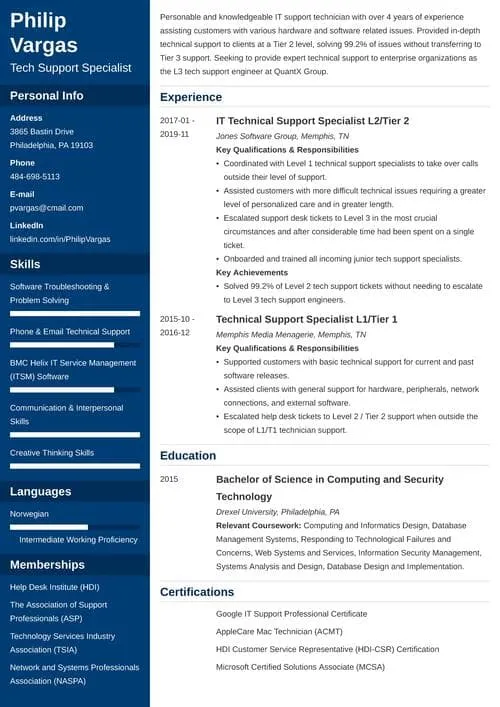Crafting a Compelling Technical Support Cover Letter
A well-crafted cover letter is your first opportunity to make a strong impression on a potential employer. For a Technical Support Representative, the cover letter serves as a crucial introduction, showcasing your technical abilities, communication skills, and problem-solving capabilities. It’s more than just a formality; it’s a chance to highlight why you’re the perfect fit for the role and the company. This guide will help you create a cover letter that not only impresses but also secures you an interview. Remember, your cover letter must demonstrate your enthusiasm and match your skills with the job description’s specific requirements. The goal is to clearly articulate your value and the unique contributions you can make to the team. A compelling cover letter is your key to stand out from other applicants.
Understanding the Role of a Technical Support Representative
Before writing your cover letter, it’s essential to fully understand the responsibilities of a Technical Support Representative. This understanding will allow you to tailor your letter effectively, highlighting the skills and experiences most relevant to the position. A clear grasp of the role’s requirements will enable you to speak the employer’s language and demonstrate that you understand what’s expected of you. The more you know about the role, the more precisely you can present yourself as the ideal candidate.
Key Responsibilities of a Tech Support Representative

Technical Support Representatives are the front line for customer or employee technical issues. Their responsibilities typically include troubleshooting hardware and software problems, providing technical assistance via phone, email, or chat, and documenting solutions. They also often manage and maintain technical documentation, and may be involved in training end-users. Understanding the different aspects of the work gives you a huge advantage.
Essential Skills for Technical Support Roles
Technical Support roles demand a mix of technical expertise and soft skills. Your cover letter should showcase these essential abilities, ensuring that you meet the requirements of the job. Employers look for candidates who can not only solve problems but also communicate effectively and work well with others.
Technical Proficiency
Technical proficiency is at the heart of a successful Technical Support Representative. This involves a deep understanding of operating systems, software applications, and hardware components. Your cover letter should mention specific technical skills, such as knowledge of Windows, macOS, or Linux, familiarity with networking protocols, and experience with various software programs. Highlighting your certifications, like CompTIA A+ or Network+, can also greatly enhance your application. This technical expertise shows that you can quickly diagnose and resolve technical issues.
Communication Skills
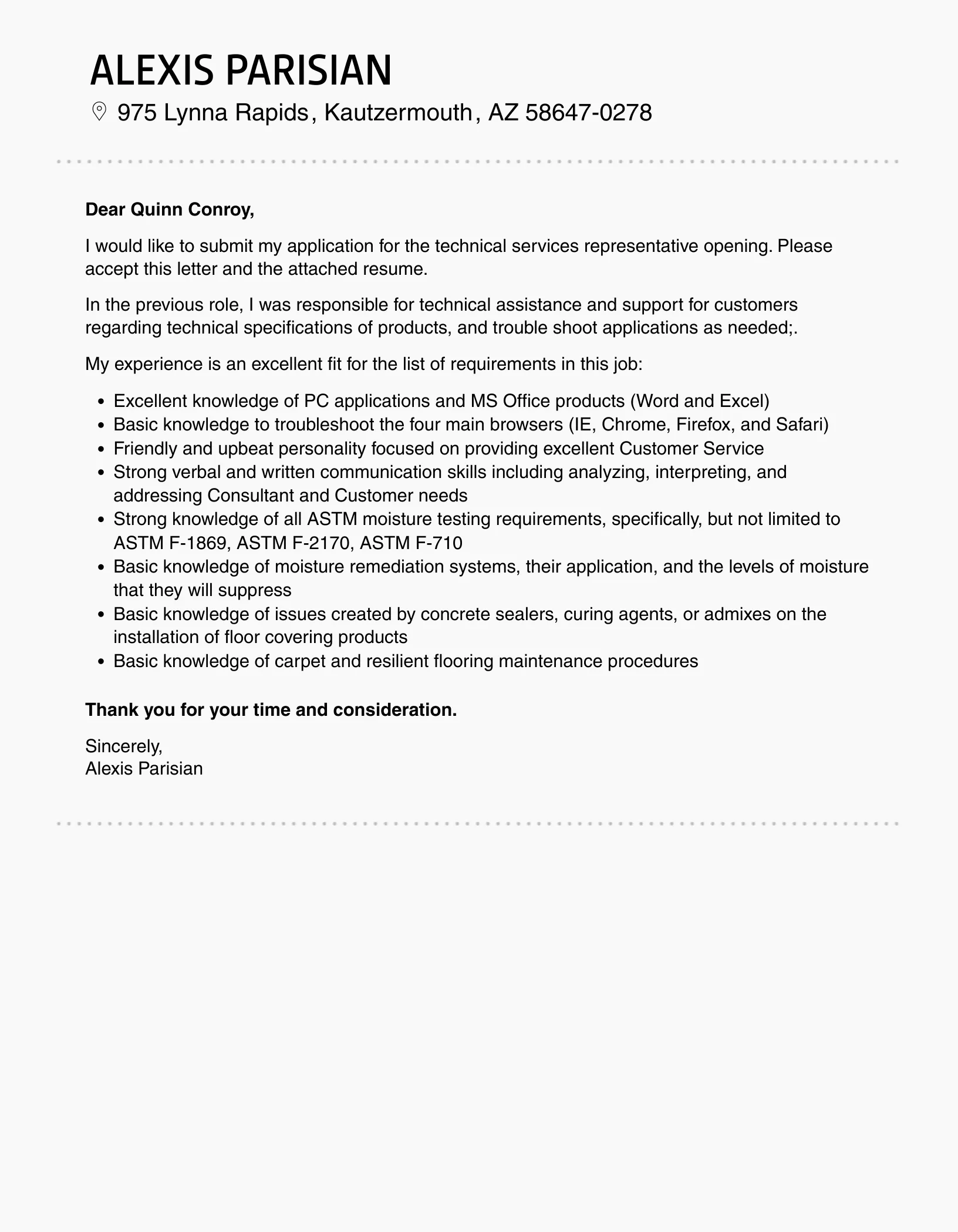
Effective communication is paramount in technical support. You must be able to explain complex technical issues clearly and concisely, both verbally and in writing. Your cover letter should emphasize your ability to listen actively, empathize with users, and provide solutions in a user-friendly manner. Highlight experiences where you’ve successfully communicated with non-technical individuals or managed difficult customer situations. Good communication skills lead to customer satisfaction and loyalty.
Problem-Solving Abilities
Problem-solving is critical for Technical Support Representatives. You must have strong analytical skills and the ability to troubleshoot technical issues systematically. Your cover letter should detail your problem-solving approach, including your ability to analyze problems, identify root causes, and implement effective solutions. Mention instances where you’ve resolved complex technical issues, improved system performance, or developed innovative solutions. Showing your problem-solving skills demonstrates that you can efficiently solve issues.
Highlighting Your Achievements in Your Cover Letter
Simply listing your skills and experience isn’t enough. You must demonstrate your achievements. Use your cover letter to show the tangible results of your work. This section emphasizes the value you can bring to the role. Demonstrating your past successes gives the employer confidence in your ability to perform in the role.
Quantifying Your Accomplishments
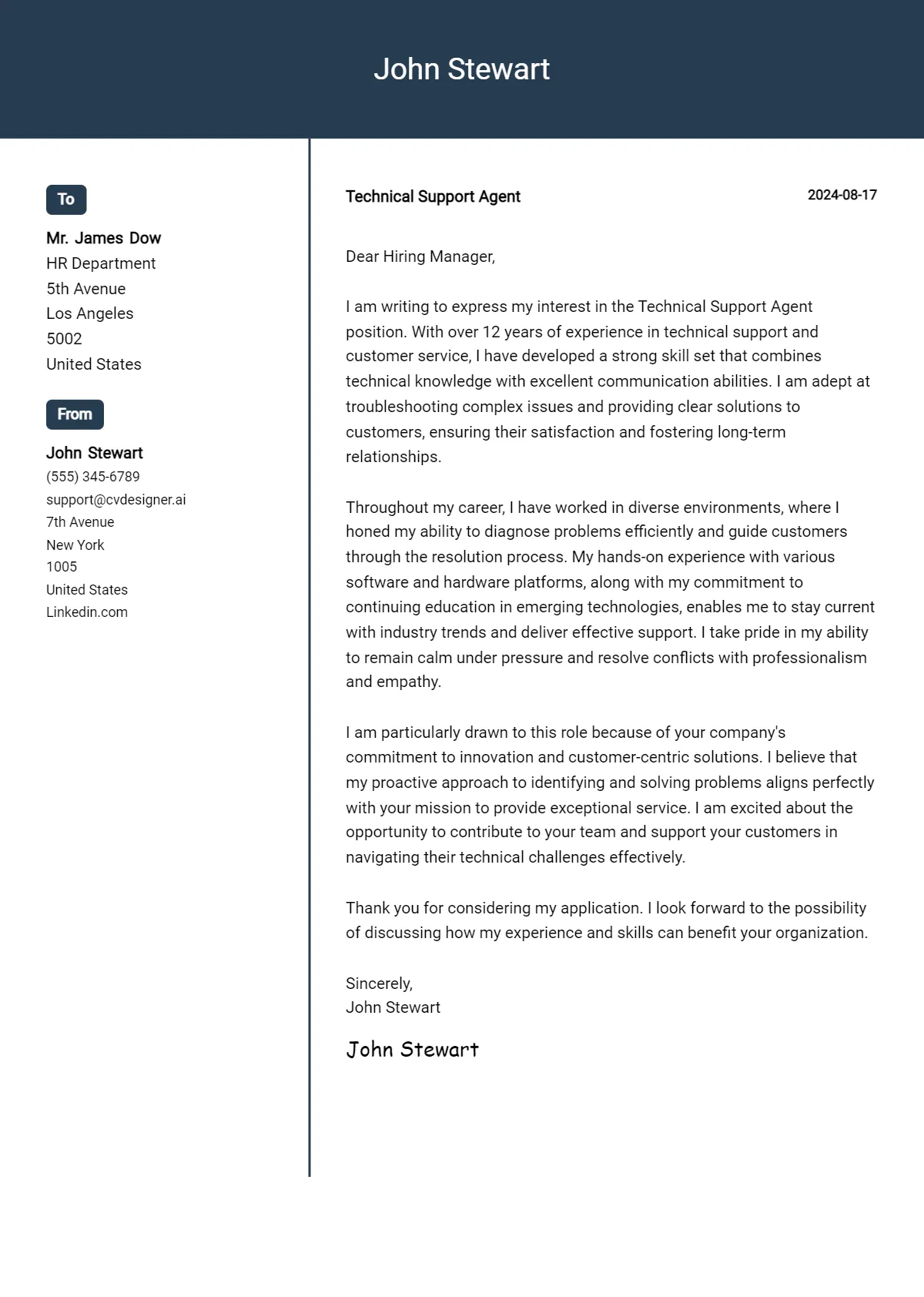
Whenever possible, quantify your accomplishments. Instead of saying you ‘improved customer satisfaction,’ state by what percentage you improved it. For example, ‘Increased customer satisfaction by 15% through improved issue resolution.’ Similarly, if you reduced resolution times, state by how much. Quantifiable achievements provide concrete evidence of your abilities. Specific numbers and percentages are far more persuasive than generic statements.
Using Action Verbs
Start your sentences with strong action verbs to showcase your capabilities. Use verbs such as ‘managed,’ ‘resolved,’ ‘implemented,’ ’trained,’ ‘improved,’ and ‘developed’ to describe your accomplishments. Action verbs give your sentences more power and impact, making your achievements more memorable and creating a compelling narrative.
Tailoring Your Cover Letter to the Job Description
Each cover letter should be tailored to the specific job description and the company’s needs. Generic cover letters often fall flat, so you need to personalize each application. Focus on the requirements of the job description, and match your skills and experiences to those requirements. The more effort you put into matching the job description, the more likely you will get an interview.
Researching the Company
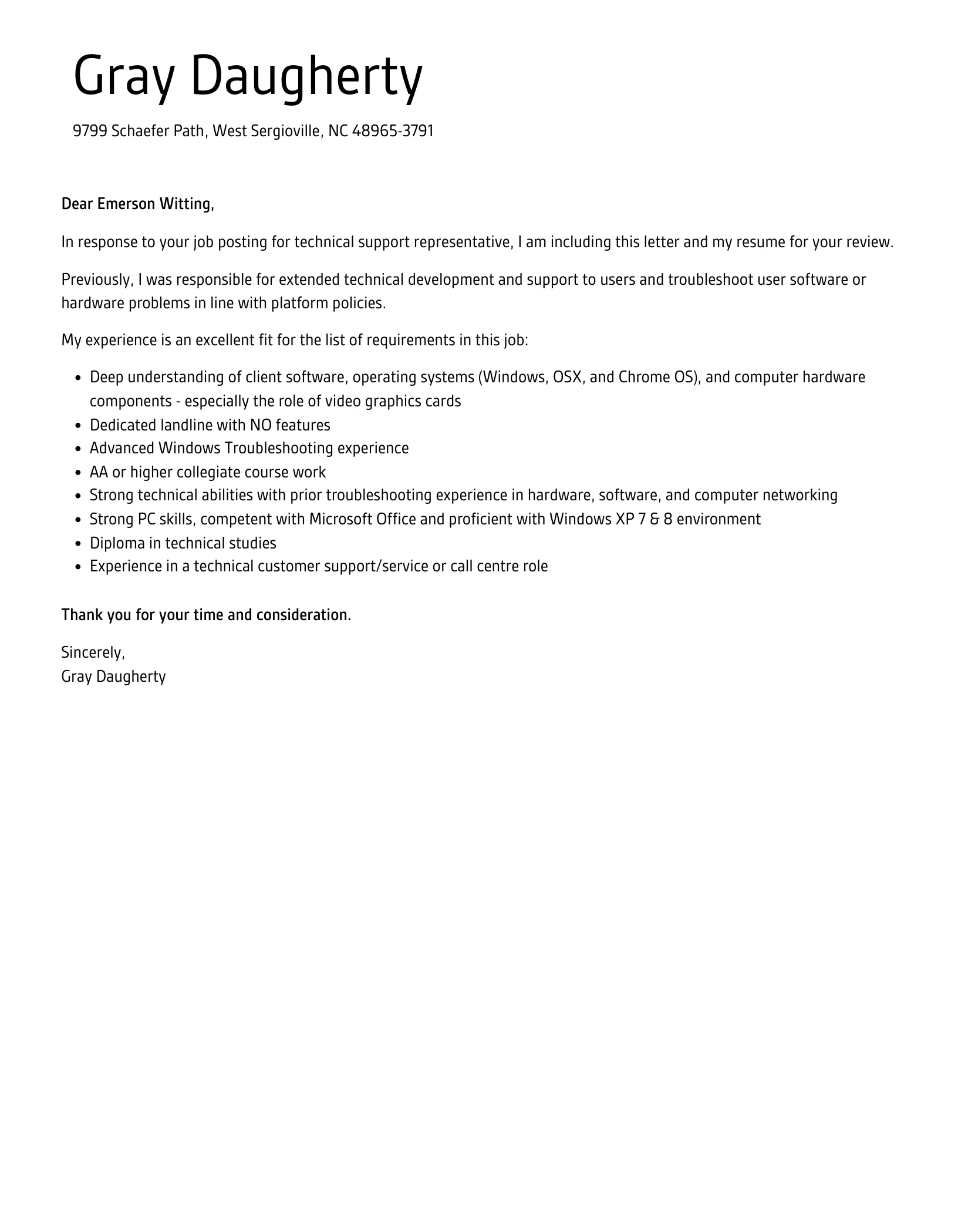
Before writing your cover letter, research the company. Understand its mission, values, and products or services. This knowledge will enable you to tailor your letter to the company’s specific needs. When you show that you understand the company’s business, you highlight your interest and demonstrate that you have researched the employer.
Matching Skills to Requirements
Carefully analyze the job description and identify the key skills and qualifications the employer is seeking. In your cover letter, directly address these requirements, providing examples of how your skills and experiences align with the job’s needs. If the job description prioritizes customer service skills, emphasize your experience in this area. Doing this helps the recruiter see you as the right fit.
Formatting and Structure for Your Cover Letter
The format of your cover letter is just as important as its content. A well-formatted letter is easy to read, making it more likely that the reader will engage with your message. Use a professional font, clear formatting, and concise language. A clean, well-organized cover letter shows attention to detail.
Contact Information and Salutation
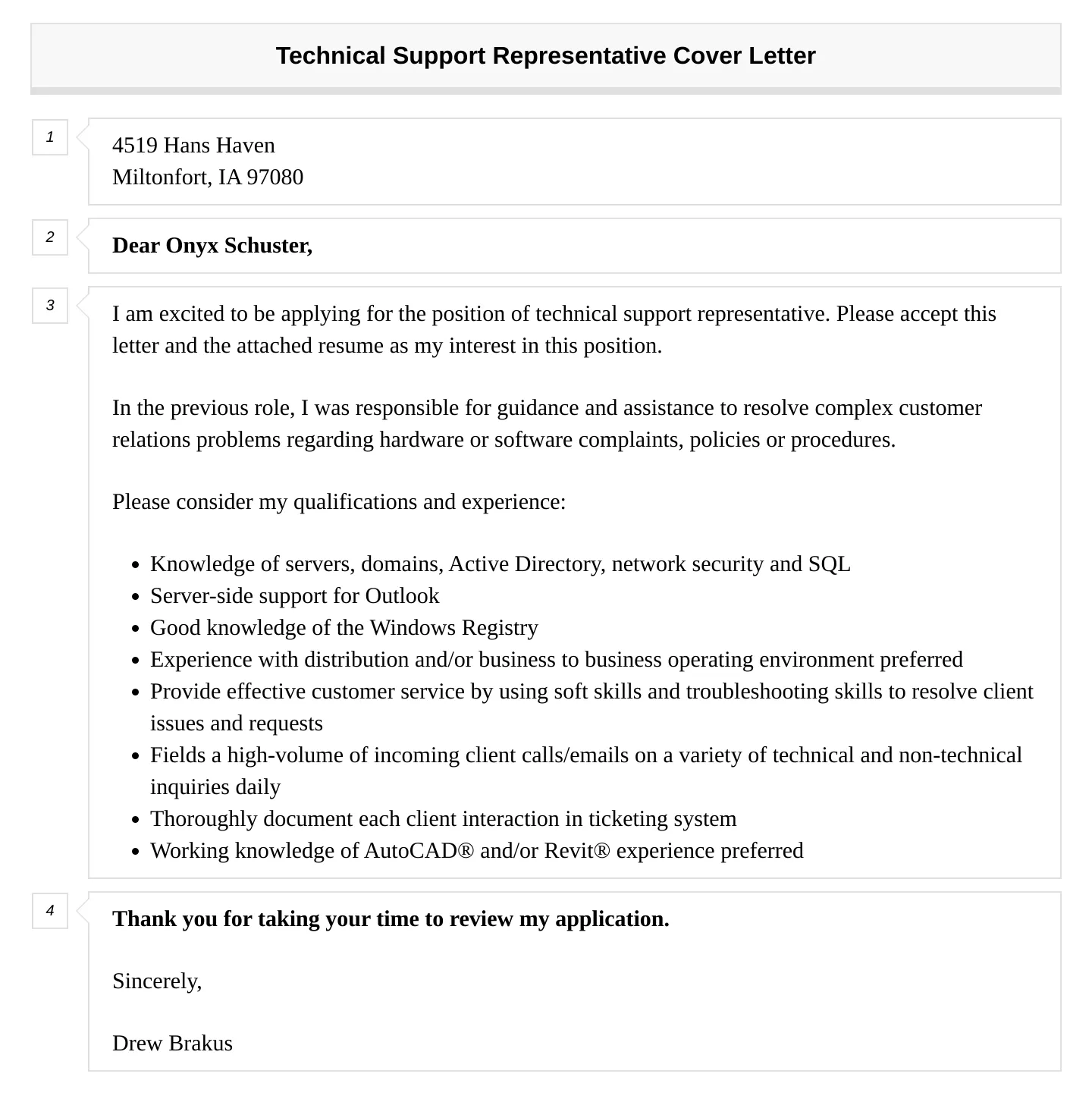
Begin your cover letter with your contact information, including your name, address, phone number, and email. Then, address the letter to a specific person if possible. If you cannot find a specific name, use a professional salutation like ‘Dear Hiring Manager.’ Personalization shows you’ve done your research and care about the application.
Body Paragraphs
The body of your cover letter is where you introduce yourself, describe your skills, and highlight your accomplishments. Keep your paragraphs concise and focused. Start with a brief introduction explaining why you’re applying for the role. In the following paragraphs, highlight relevant skills and experience, providing concrete examples to support your claims. End with a strong closing statement reiterating your interest and expressing your enthusiasm for the opportunity.
Closing the Letter
Conclude your cover letter with a call to action. Reiterate your interest in the position and thank the hiring manager for their time and consideration. Express your eagerness to discuss your qualifications further in an interview. Keep the tone professional and enthusiastic. A strong closing statement can leave a lasting positive impression.
Proofreading and Editing
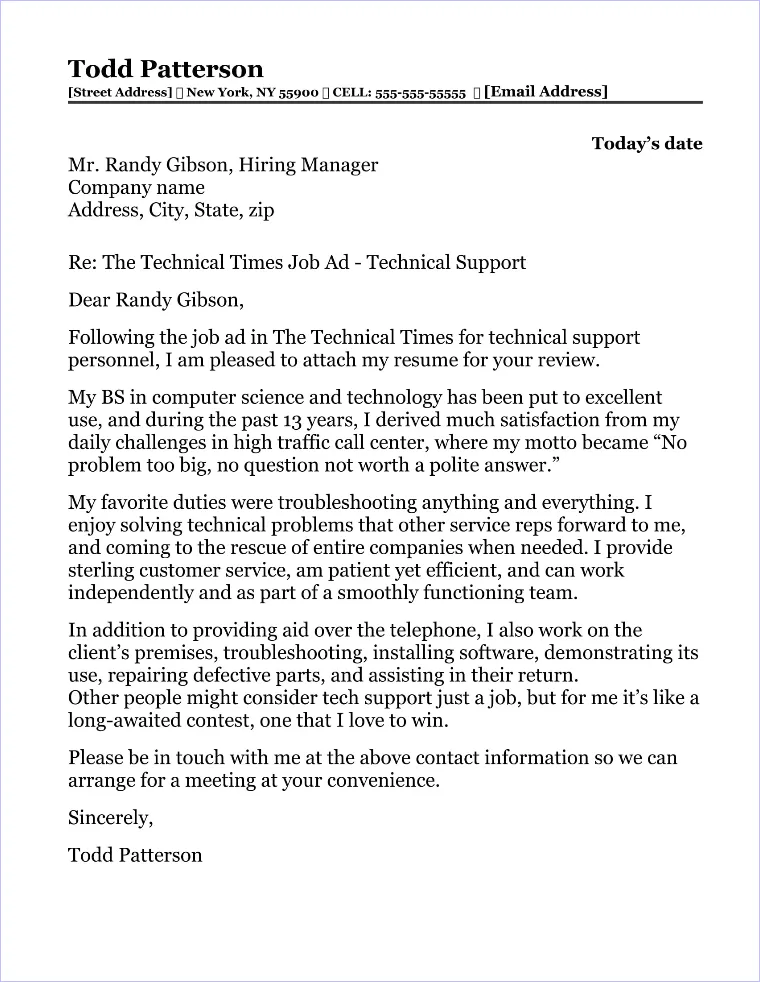
Before submitting your cover letter, proofread it carefully. Check for grammar, spelling, and punctuation errors. These errors can undermine your credibility. Have a friend or colleague review your cover letter for any errors you might have missed. A polished cover letter shows attention to detail and professionalism. Ensure that the letter reflects the high standards you would bring to the role.
In conclusion, crafting a compelling cover letter is critical for securing a Technical Support Representative position. By understanding the role, highlighting your achievements, and tailoring your letter to the job description, you can make a strong impression on potential employers. Always proofread, edit, and ensure your letter showcases your abilities. Follow these steps and you’ll be well on your way to getting hired.
